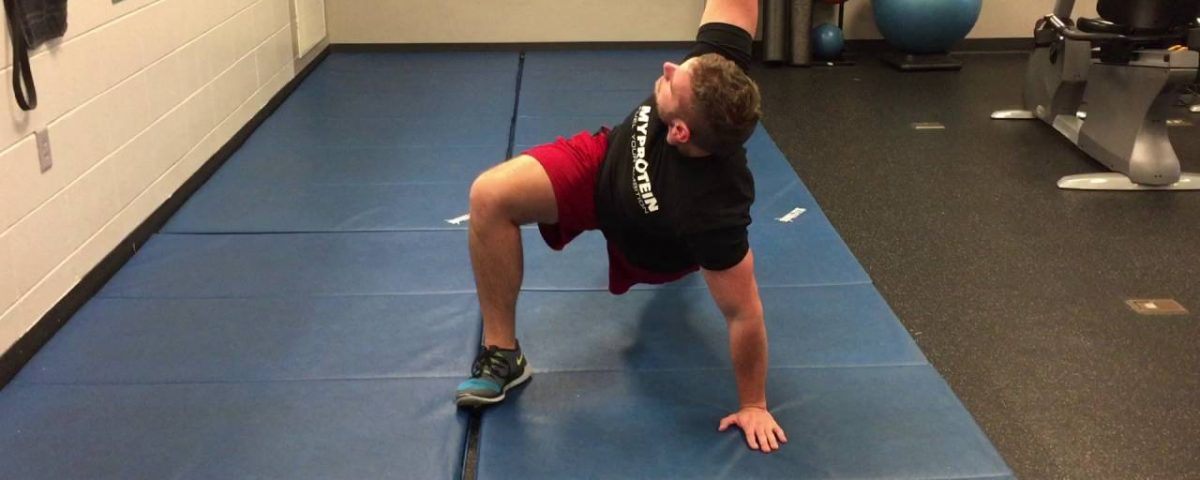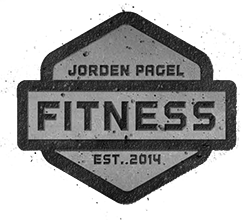Dynamic Warm-Ups: The Foreplay of Your Training Program

A great workout is like great sex; you’re really excited before hand, sometimes it’s not even planned, there’s a lot of noises involved, and if you do it right, when you’re finished, you’re left hot, sweaty, exhausted, and maybe don’t even remember your name.
Yeah, it’s awesome.
But whether it be sex or working out, there’re some part that you kinda just want to breeze past, because maybe it’s not your favorite part.
Hey, I get it, the main event is great….really great. But if you don’t take the whole process seriously, you – or someone else – is gonna have a bad time.
The workout warm-up is a lot like foreplay: It’s required for optimal performance, and to be able to get the most out of your session, training or otherwise. Most people however – myself not included – prefer to skip it, in favor of getting to the fun part.
This is a big mistake.
In today’s article, we’re going to talk about why a proper warm-up is necessary to get the most out of your training program if you want to get stronger, build muscle, prevent injury, and achieve optimal performance.
And no, I will not give you any foreplay tips. I could, but I won’t. That would be weird…
The Importance of Good Workout Foreplay
“Making sure you’re properly prepped for action is the key to great action.” – Jorden Pagel
If you want to get the most out of your workout, and minimize your risk of injury, then a proper warm-up is key. If you don’t want to get the most out of your workout and minimize your risk of injury, well then I really can’t help you. I also assume you’re a selfish lover, and probably have never seen an episode of Game of Thrones.
If you don’t want to get the most out of your workout and minimize your risk of injury, well then I really can’t help you. I also assume you’re a selfish lover, and probably have never seen an episode of Game of Thrones.
Your warm-up is designed to do just that: get you warmed up. The benefits include:
- Increased blood flow to the muscles
- Improved oxygen transfer
- Help expel metabolic by-products to maintain optimal performance
- Increase joint mobility
- Promote the release of necessary hormones, including growth hormone, IGF-1, and testosterone
How to Warm-Up
For many years, the backbone of the warm-up was static stretching, like we all did in gym class, or before sports practice.
We now know however, thanks to many people smarter than I, that static stretching is not the most optimal way to prep for activity, and may actually hinder performance.
A 2013 meta-analysis took a look at over 100 different studies on static stretching and its relation to athletic performance. What they found was that the loosening effect that static stretching has on the muscles actually leaves them less able to perform effectively during a workout.
About the only thing static stretching benefits prior to a workout – much like bad foreplay – is the ego, or the “at least I did it” mentality.
If you want to go into activity ready to go, at your best, and turned-the-fuck on, a dynamic warm-up is the workout foreplay you’re looking for.
The Dynamic Warm-Up: The Hottest, Sweatiest, Steamiest Way to Boost Performance
Where with static stretching you remain motionless while you stretch, dynamic stretching has you moving throughout the process.
Dynamic warm-ups are superior workout foreplay because they prep your body for activity by using movement patterns similar to what you’ll be using during your actual workout. These movements also help work smaller stabilization muscles, which help improve balance and coordination.
Studies have also shown that dynamic stretching enhances muscle strength and power, and can help you lift more weight during a workout. If that sort of thing interests you that is…
The Best Damn (Workout) Foreplay. Period.
Alright, enough talk…you want to know what good workout foreplay is, don’t you?
Yeah, you do…
A good dynamic warm-up should start from the floor and work your way up. Perform the following dynamic warm-up once prior to exercise on training days, and twice on off days:
Deadbug x8 per side
Glute Bridge x8
Quadruped Fire Hydrant x6 per side
Quadruped Hip Extension x6 per side
Yoga Push-Up Complex x3 per side
Forward Lunges x5 per leg
Band Pull-Aparts x10
Banded Shoulder Dislocation x6-8
Banded X Walks x8 each way
Wall Slides x15
Bodyweight Squats x15
Jumping Jacks x30
All in all, this warm-up should take you about 5-10 minutes; which is a small price to pay for increased workout performance and decreased risk of injury, no?
A lot of people like to skip their warm-up, thinking they don’t need it. These are also the people who like to skip foreplay, and probably think Nickelback is a good band.
Don’t be one of these people.
Don’t skip your warm-up. Your body, your performance, and your results will thank you.
Wanna Look Better, Feel Better, and Perform Admirably in the Bedroom?
Thought so.
You know what to do...



